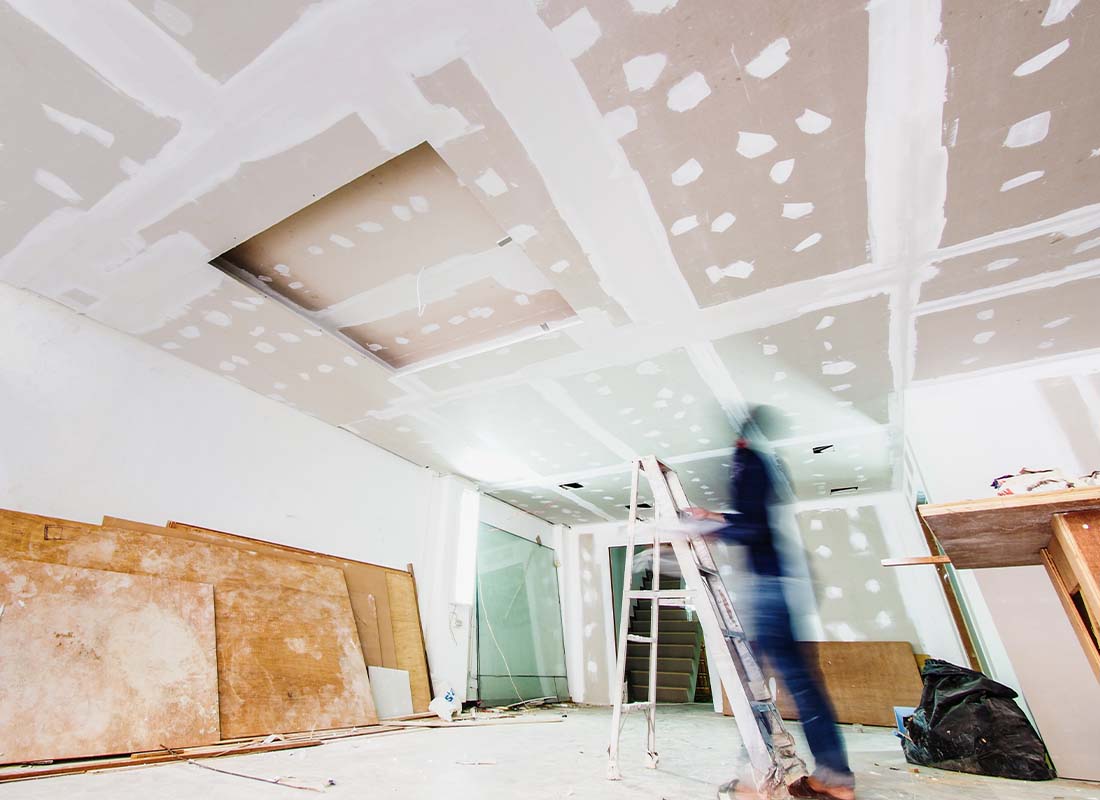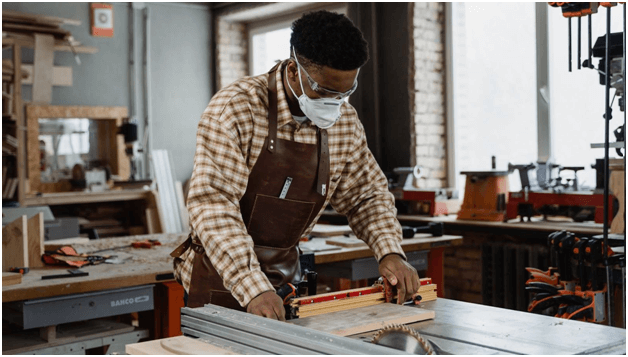Effective Drywall Repair Techniques to Restore Your Walls
Effective Drywall Repair Techniques to Restore Your Walls
Blog Article
Drywall Setup Made Easy: Tips for Perfect Results
Drywall installation is often perceived as a daunting job, yet with the appropriate technique and understanding, it can become a workable venture. Selecting top quality products and preparing the setup area are critical initial steps that set the structure for success. Understanding methods for cutting, hanging, and ending up drywall can considerably influence the outcome. As we discover these vital tips, you might discover that also the smallest changes in your technique can lead to extremely improved outcomes, leaving you to consider just how these practices can change your next job.
Choosing the Right Materials
Picking the appropriate materials for drywall installation is critical to achieving a resilient and visually pleasing surface. drywall repair. The primary part, drywall sheets, normally come in different densities, with 1/2-inch sheets being basic for interior wall surfaces. For locations calling for additional moisture resistance, such as shower rooms or cooking areas, think about utilizing eco-friendly board or concrete board, which are particularly made to withstand humidity

In addition, picking the appropriate bolts-- either nails or screws-- is necessary for safeguarding the drywall to the framework. Drywall screws are normally favored for their holding power and decreased risk of standing out. Last but not least, take into consideration the complements such as primer and paint, which not only boost the look however likewise protect the drywall from wetness and wear.
Preparing the Installation Location
Before beginning the drywall installment process, it is important to prepare the installation location completely. This preparation entails a number of critical actions to guarantee a smooth and successful job. Clear the area of any kind of furniture, appliances, or blockages that could impede access. A tidy workspace decreases the danger of damages to existing items and enables effective activity during installment.
Next, evaluate the walls and ceiling for any type of blemishes, such as fractures, openings, or mold and mildew. Address these issues in advance; spot any problems and permit sufficient time for repair services to completely dry. Furthermore, make certain that electric outlets, switches, and pipes are properly positioned and made up, as this will certainly influence drywall placement.
Think about the environmental conditions as well. A stable temperature level and humidity level are essential for optimal attachment and efficiency of the drywall products. Utilize a dehumidifier or heater to create ideal conditions. if essential.
Cutting and Hanging Drywall
The secret to efficient drywall setup hinges on the exact cutting and dangling of the panels. Begin by determining the area precisely, taking into consideration any type of blockages such as electrical outlets or windows. Utilize a straight edge and an utility blade to score the drywall along your dimensions, after that snap it along the racked up line for a clean break. For more intricate cuts, such as around electrical outlets, a drywall saw can be used for precision.

Always function from the top down and entrusted to right, making certain that you keep a staggered pattern to boost stability. Properly hanging the drywall establishes the structure for a smooth surface, ultimately leading to premium lead to your drywall task.
Taping and Mudding Strategies
While proper cutting and dangling of drywall sets the stage, the next crucial action entails mastering taping and mudding strategies to ensure a smooth surface. Taping is vital for reinforcing joints and protecting against fractures; it entails embedding tape my explanation right into the used joint compound (mud) Start with a quality fiberglass or paper tape, applying the tape over the joint and pressing it right into the wet mud making use of a taping knife, guaranteeing no air bubbles continue to be.
When the tape remains in area, apply a thin layer of joint substance over the tape, feathering the edges to create a smooth shift to the drywall surface area. Enable this layer to dry entirely prior to sanding it gently to eliminate flaws. Repeat this process, applying additional layers of mud as necessary-- typically a couple of layers-- while progressively widening the application location with each layer to attain a seamless look.
After the last layer dries out, sand the surface area with a fine-grit sandpaper till smooth. drywall repair. Bear in mind to wear a mask during fining sand to avoid inhaling dirt fragments. Grasping these taping and mudding techniques is crucial for attaining a professional-quality finish in your drywall installment
Completing Touches for Perfection
Attaining a remarkable drywall setup exceeds taping and mudding; it finishes in the finishing touches that elevate the overall appearance. These final steps are essential in ensuring go to this website a professional-grade finish that boosts the visual appeals of your room.
Begin by sanding the dried joint substance to official source produce a smooth surface. Use a fine-grit sandpaper and a sanding block or pole sander for ideal control. Pay specific attention to sides and corners, as these areas have a tendency to call for even more careful job. After sanding, clean down the walls with a wet cloth to remove any dirt particles, making certain a clean surface area for painting.
Next, apply a guide especially designed for drywall. This action is important, as it assists seal the joint substance and offers an uniform base for the overcoat. When the guide dries, evaluate for any imperfections, and repair as required.
Final Thought
To conclude, effective drywall installment rests on the mindful option of materials, detailed prep work of the installation location, and specific implementation of reducing and hanging techniques. Mastery of taping and mudding procedures is important for accomplishing a smooth finish. In addition, focus to completing touches, consisting of priming and touch-ups, makes sure a professional-grade outcome. By adhering to these standards, the high quality of handiwork can be substantially boosted, adding to the total aesthetic and capability of the room.
Drywall setup is typically perceived as a daunting job, yet with the ideal approach and knowledge, it can end up being a workable endeavor.Picking the suitable products for drywall setup is critical to achieving a resilient and cosmetically pleasing finish.Before starting the drywall installment process, it is necessary to prepare the installation location extensively. Understanding these taping and mudding strategies is critical for achieving a professional-quality surface in your drywall installation.
In conclusion, effective drywall installation hinges on the careful selection of materials, detailed preparation of the installment area, and accurate execution of cutting and hanging methods.
Report this page